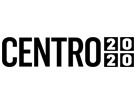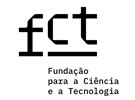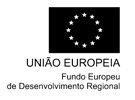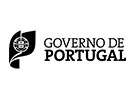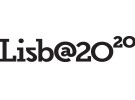



4 ECTS; 1º Ano, 1º Semestre, 15,0 T + 15,0 TP , Cód. 346765.
Lecturer
- Rita Ribeiro de Carvalho Ferreira Anastácio (1)
(1) Docente Responsável
(2) Docente que lecciona
Prerequisites
Not apply
Objectives
Students should acquire skills in the area of Geographic Information Systems, namely in the techniques of representation of geographic information exploration, management and processing.
Program
1. Introduction to Geographic Information Systems
1.1 Notion of GIS
1.2 Origin and evolution of GIS
1.3 Applications to Archeology
2.Data models
2.1 Vector model
2.2 Raster model
2.3 Other models
3. Coordinate systems
3.1 Referencing systems
3.2 Cartographic Projections
3.3 Georeferencing of sites / objects
4. Geoprocessing and thematic mapping
4.1 Inquiry of data
4.2 Building and viewing tematic maps
4.3 Spatial analysis and data management
Evaluation Methodology
Continuous evaluation:
- Practical work in GIS + Report - 70%
- Theoretical test - 30%
Evaluation by examination:
- Practical work in GIS + Report- 70%
- Theoretical test - 30%
Bibliography
- Burrough, P. (1998). Principles of Geographical Information Systems. (Vol. 1). (pp. 1-333). Oxford: Oxford University Press
- Conolly, J. e Lake, M. (2006). Geographical Information Systems in Archaeology. (Vol. I). Cambridge : Cambridge Manuals in Archaeology
- Gillings, M. e Wheatley, D. (2002). Spatial Technology and Archaeology: The Archaeological Applications of GIS.. (Vol. 1). London: Taylor Francis
- Matos, J. (2008). Fundamentos de Informação Geográfica. (Vol. 1). Lisboa: Lidel
Teaching Method
Theoretical-practical classes based on the teaching / learning processes that combine exposure, demonstration and application in practical case studies using GIS software.
Software used in class
ArcGis

